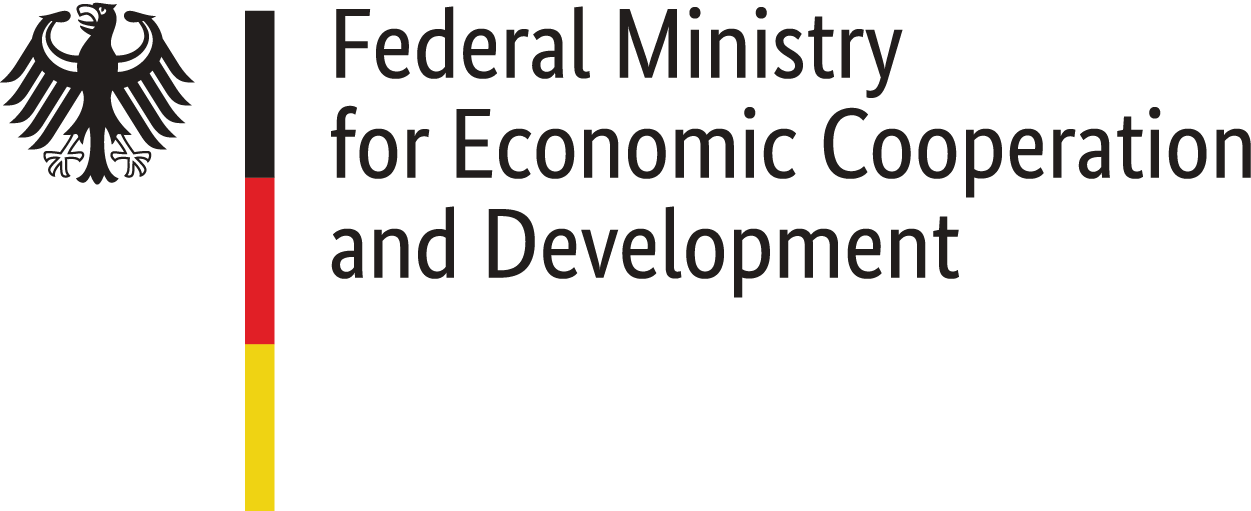MOM Peru has investigated the owners, their other media outlets and their affiliated interests of the 10 most important press media outlets in Peru. They were selected according to the available audience shares. The order of the media below reflects its position in the audience share.
The print media market
Peru has a long tradition of print media dating back to the start of the 17th century. One of the most emblematic was El Comercio, founded in 1839. Until the early years of the 20th century, the newspaper market was dominated by three companies: El Comercio, of the Miro Quesada family, La Republica of the Mohme Seminario family and Epensa of the Agois Banchero family.
Theses were the largest players in the market, even taking into account Expreso, an important media in Lima which fell into disrepute after revelations that principal directors took money from the Fujimori Government, important newspapers in the north of the country and the occasional appearance of any company which might launch a title only to close it shortly afterwards.
Until 2012 the market was distributed in this way. El Comercio and La Republica had earlier associated to buy América Televisión, today the principal television channel. The Association of Peruvian Journalism Companies (SEPP) had also been recently formed.
The entire situation changed in 2013 when it was revealed that the company of the Miro Quesada family had bought Epensa, at the time the proprietor of rival newspapers at national and regional level.
The event brutally reconfigured the media market. A group of journalists, including the Director of La República, (Gustavo Mohme Seminario), three renowned columnists, (Augusto Álvarez Rodrich, Rosa María Palacios y Mirko Lauer) and several other pressmen, filed a complaint before the courts for violation of freedom of information owing to the “concentration” of 81% of newspaper circulation and 78% of advertising revenue.
The complaint against El Comercio was supported by the Peruvian Constitution and the Radio and Television Law, as well as jurisprudence which prohibits monopoly, oligopoly and cornering in the sector, particularly in the category of radio and television. Following the accusation, the Miro Quesada family newspaper suggested that there was no “concentration” since the word was not included in the text of the Constitution which refers to the issue.
El Comercio--whose shareholders, executives, journalists and managers have greater links with the business world than with the political class--currently owns nine newspapers. These include El Comercio, highly popular in the higher socio economic groups; Trome, with the highest circulation and readership amongst lower socio economic groups (with more than 700,000 copies printed each day); Depor, a sporting title and leader in its field; Gestion, which specializes in economic news; and Publimetro, a free newpaper distributed in Lima.
It also owns other important newspapers: Perú21, Correo, Ojo and El Bocón (all bought from Epensa). The El Comercio Group--which also distributes its newspapers in the north, center and south of the country--reinforced its presence through Correo, a newspaper widely distributed throughout the country given that it runs versions for 17 of the country´s 25 regions.
Advertising investment in Peru reached US$620 million in 2018, of which US$78 million went to the print media, including newspapers and magazines, according to estimates by the market analysis company CPI.















